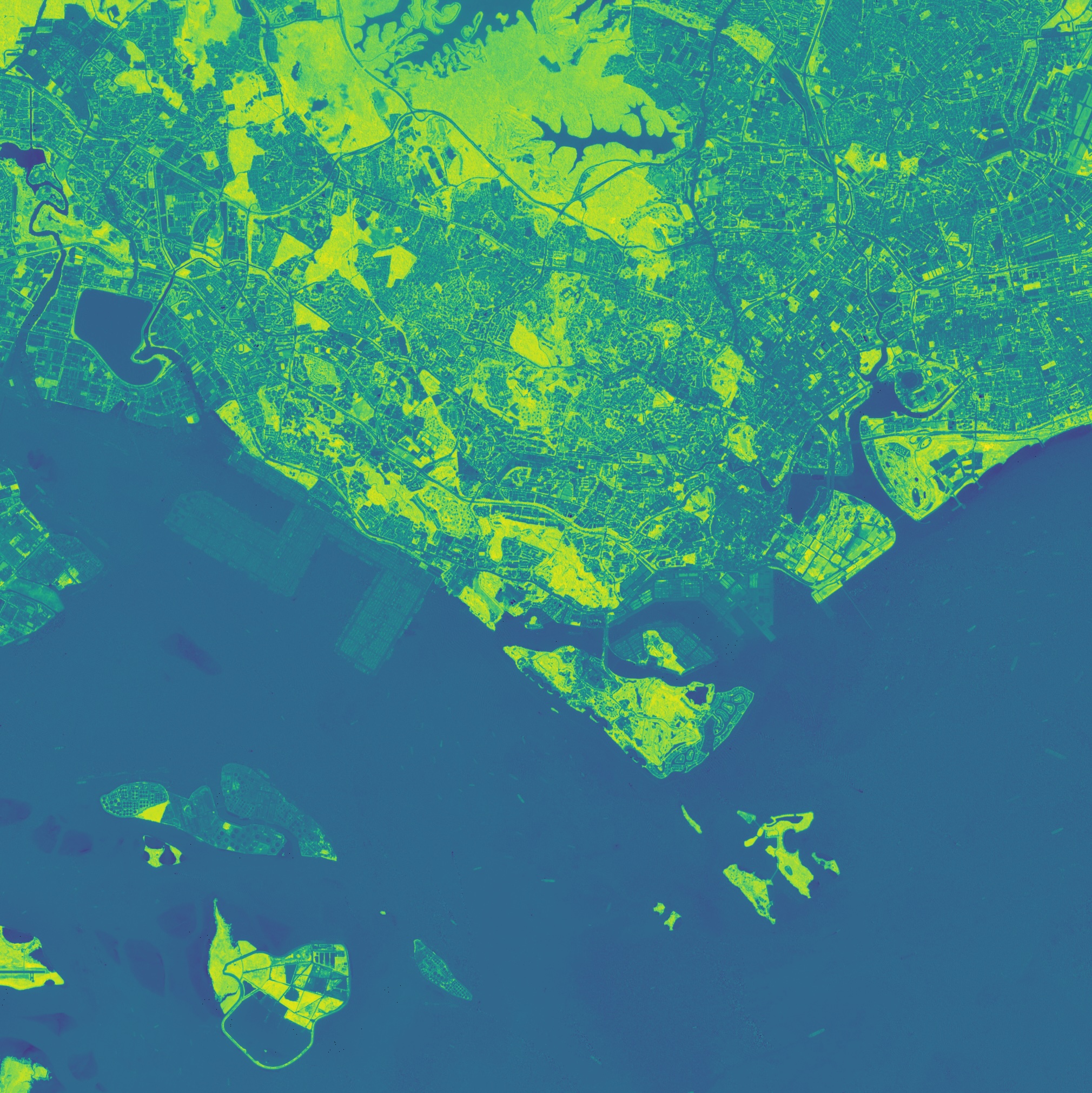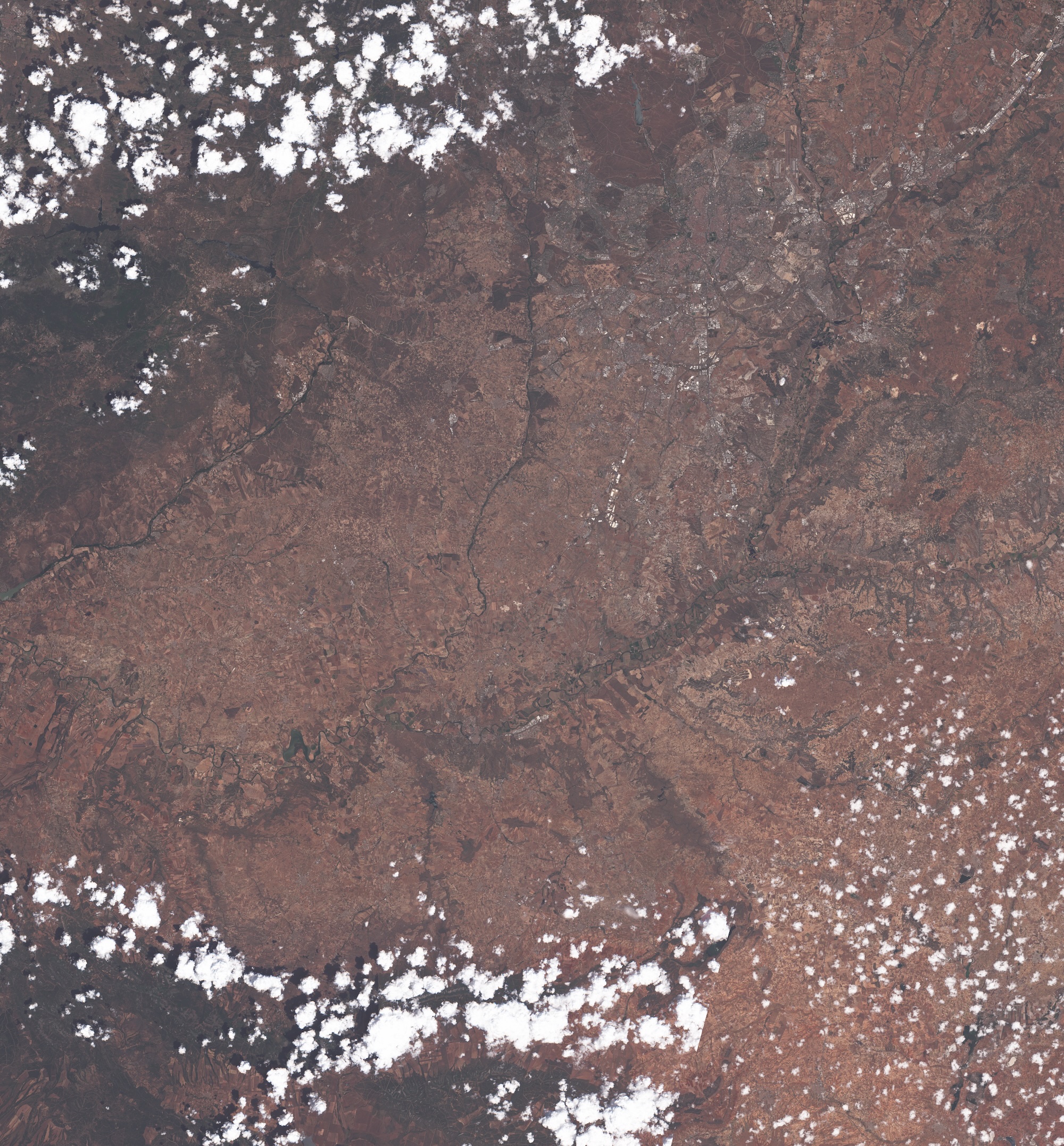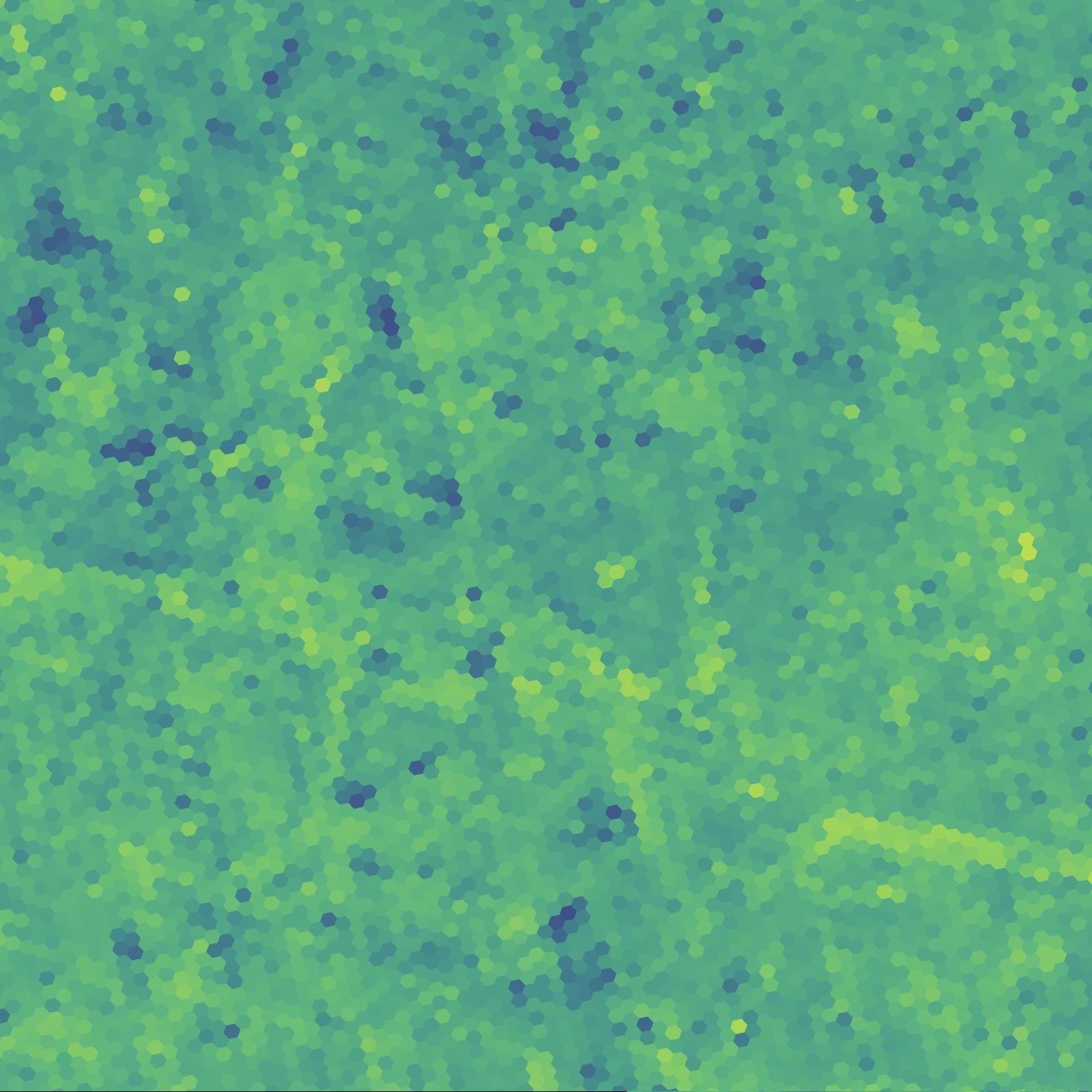Index Triggers
Real-time geospatial drought and flood indices automate parametric insurance triggers, enabling swift payouts and reducing risk for insurers and policyholders.





Real-time geospatial drought and flood indices automate parametric insurance triggers, enabling swift payouts and reducing risk for insurers and policyholders.





How does it work?
Traditional indemnity insurance claims require manual loss assessments, causing delays and disputes. Automated geospatial triggers based on objective drought and flood indices streamline claims processing and ensure transparent, timely payouts.
Geospatial indices remove subjective assessments from claims triggers. This ensures consistent, dispute-free payouts based solely on measurable conditions.
Automated index calculations detect drought and flood events in near real time. This accelerates payout timelines, improving client trust and satisfaction.
Accurate spatial data quantifies event severity and exposure areas. Insurers can adjust premium rates and reserves based on precise risk metrics.
Clients and insurers access the same index data through a shared dashboard. This transparency builds confidence in trigger outcomes and simplifies audits.
Cloud-based analytics process petabyte-scale imagery across large regions. Insurers can extend parametric products to new markets with minimal infrastructure.
The platform logs index computations with timestamps and metadata. Detailed audit trails facilitate regulatory reporting and internal governance.
Have a different question and can’t find the answer you’re looking for? Reach out to our support team by sending us an email and we’ll get back to you as soon as we can.
Geospatial AI Platform

AI & foundation models
Deep-learning and foundation models turn raw imagery into ready-to-use insights, so you ship answers instead of training pipelines.

Conversational workflow
Ask questions in plain language and the platform responds with charts, visualizations, and next step suggestions.

GPU-accelerated cloud
Cloud-native architecture spins up on-demand GPU clusters that scale from a single scene to global archives—no manual ops, no bottlenecks.

Any sensor, any format
Optical, SAR, drone, IoT, vector or raster—ingest, fuse, and analyze without conversion headaches.

Insight you can see
Real-time 2D / 3D maps and export-ready plots make results clear for engineers, execs, and clients alike.
Turn satellite, drone, and sensor data into clear, real-time insights using powerful AI – no complex setup, just answers you can see and act on.